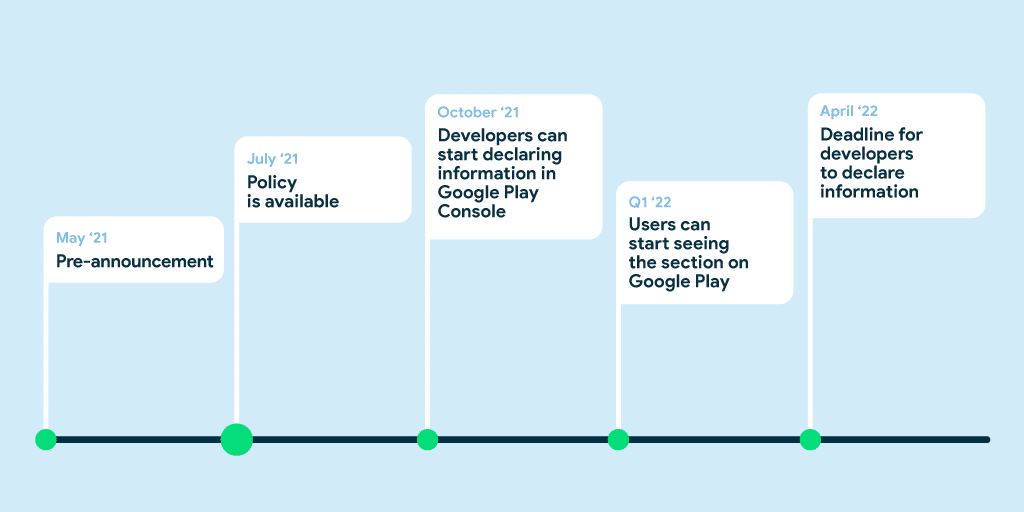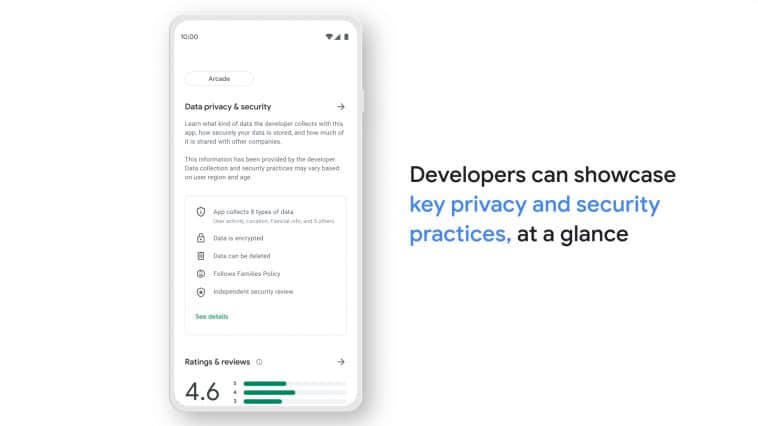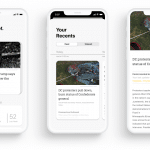In May, Google had pre-announced the ‘safety section’ in Google Play that will allow Android users see what sort of personal data an app collects and shares, plus give access to additional details that impact privacy and security. Today the company debuted for the first time what the user interface of the safety section will look like.
As promised in the pre-announcement, in the safety section, Android users will be able to see details like what type of data is collected and shared, how the data is used, and whether data collection is optional or required for using an app.
Saying that it wants to give developers plenty of time to prepare for these changes, Google states that all developers will have to provide a privacy policy until April 2022. The new safety section will launch for apps in Google Play in Q1 2022. Starting in October, developers will be able to submit information in the Google Play Console for review.

Developers will also be required to share accurate and complete information about all data in their security sections, including how the app is used by third-party libraries and SDKs.
Google also said If an app’s information is not approved by the time Google launches the safety section in Google Play to users in Q1 2022, then it will display “No information available.”
Google also shared some details about the Google Play services update that will come into effect in late 2021. As first announced on June 2, Google will remove advertising ID when a user opts out of interest-based advertising or ads personalization.
“The Google Play services change will be a phased rollout, affecting apps running on Android 12 devices starting late 2021 and expanding to all apps running on devices that support Google Play in early 2022. Also, apps updating their target API level to Android 12 will need to declare a new Google Play services permission in the manifest file in order to use advertising ID.” the company said.
The company also announced that it is testing a new feature that notifies developers, ad networks and analytics providers when a user deletes their advertising ID to let them promptly erase advertising IDs that are no longer in use.







Comments
Loading…